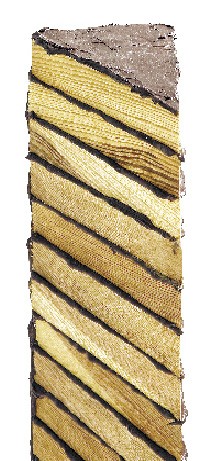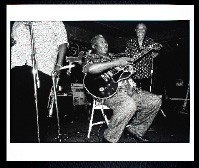It’s easy to laugh at Cats because the second you de-suspend your disbelief, the show quickly devolves into two hours of watching grown men and women prancing and leaping about the stage in furry kitty tights. Silly? Undoubtedly. But even the harshest Andrew Lloyd Webber detractor (and I happen to qualify) has to allow that Cats was “le Cirque” when the word “cirque” wasn’t even in the American vocabulary and is an impressive showcase for acrobatic performers. Theatre Memphis’ spirited mounting of the feline sensation capitalizes on its athletic cast to deliver a production with fresher tabbies than you’ll find in the road-weary tatters of an average tour.
Throughout the 1980s it was common to review any lame-leaning event with the deadpan comment “I laughed, I cried, it was better than Cats.” The nearly plotless musical went into production in 1982, and by 1985, no serious (or seriously ironic) T-shirt collection was complete without this crew-necked trophy, proving you’d seen the show. It’s only fitting (in a creepy, deeply ’80s, Bret Easton Ellis kind of way) that shirts nearly identical to the iconic originals are sold in the lobby and that the dominant image on the skyline of Theatre Memphis’ set is the illuminated logo of Sun Trust Bank, the show’s presenting sponsor.
But all crassness aside, the show is a triumph of community theater and a throwback to the days when Theatre Memphis had a reputation for bringing Broadway to Perkins Extended. From the elaborate costumes produced in-house to the dancers’ synchronized tap breakdowns, TM has achieved a sustained level of professionalism it has seldom seen since the late 1980s. Mitzi Hamilton’s energetic choreography drives the winning performances of Robert Hanford (Rum Tum Tugger), Christi Gray Hall (Jennyanydots), Jason M. Spitzer (Bustopher Jones), Meg Greer (Grizabella), and Keith Anton (Old Deuteronomy).
This latest musical take on T.S. Eliot’s most frivolous verses isn’t likely to change the minds of the show’s critics. But Cats is the definitive theatrical success story of the late 20th century. Critics’ opinions hardly matter.
When Frozen closes at Circuit Playhouse on July 9th, Memphis’ theater scene will be a poorer place. Jonathon Lamer, who delivers a chilling performance as Frozen‘s pedophiliac serial killer, is leaving for the West Coast. For nearly a decade, Lamer has been a solid everyman, turning in one fine performance after another in shows like Sideman, Take Me Out, and this, his farewell performance.
Under the no-frills direction of Dave Landis, Frozen does everything a good thriller is supposed to do. It ties the audience in knots pitting emotions against intellect, forcing us to sympathize with a character we’re inclined to revile.
Leigh Nichols flits between certainty and crippling doubt as a criminal psychologist determined to map the frozen wastes of the killer’s mind, and Irene Crist is characteristically thorough as the victim’s mother.
Crist’s monologues can fall into a slow, droning cadence, giving the slow-moving but no less engaging show a sleepier, dreamier tone than it deserves, but it’s a minor complaint. The show’s shakier moments are more than overcome by Lamer’s unflinching essay of a man who sincerely wishes that killing little girls was legal and steadily awakes to the physically painful concept of remorse.











